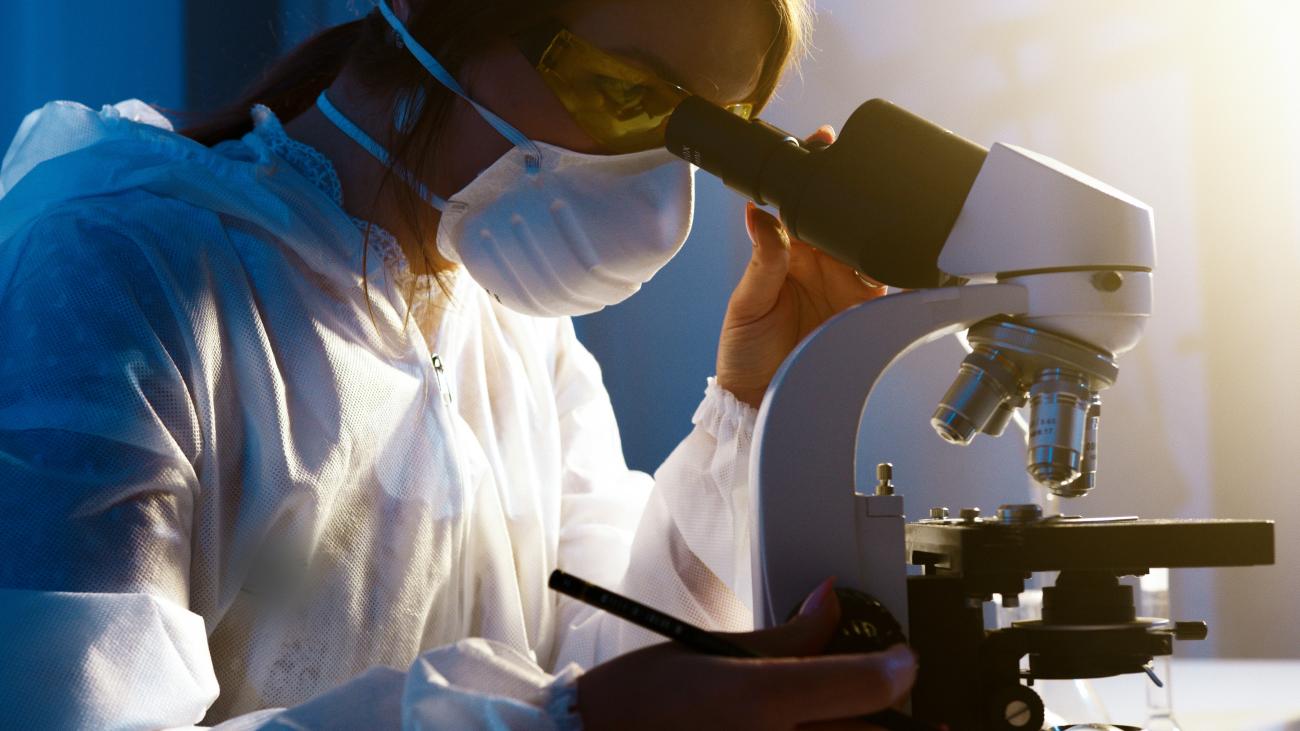Database providing access to the High Technology Network's industrial research offering: research competences, type of analyses and tests available at the Laboratories. Companies can consult the Catalogue to find Laboratories and researchers that match their needs.
Competence
Acoustic methods for solid food texture evaluation (cheese, watermelon, pasta, etc.)
Analysis of contaminants and allergens in raw materials and finished products, flavour analysis, analysis of simple and complex carbohydrates
Analysis of standards and regulations: laws and guidelines for protected, biological raw material, and processing
Analysis of the physical, rheological, chemical, microbial, and sensorial properties during storage
Analytical methods for detection of allergens of vegetal origin and hidden allergens in food products
Analytical methods for detection of microbial contamination in food (bacteria, viruses, moulds, yeasts)
Analytical methods for the detection of nanoparticles (metal nanoparticles, nanofibres and nanocapsules) in raw materials and finished products
Analytical methods for the evaluation of the effects of industrial processing on nutritional value of foods
Analytical tests for shelf-life characterization
Characterization of soluble fibre in functional food
Colour analysis with destroing and non-destroying techniques
Definition of product specifications and analytical methods of verification
Design of experiment (DoE) and Food Design to study interaction between formulation and process conditions
Design of new molecular markers for traceability of specific varietal components
Evaluation of molecular transformations during food processing
Experimental studies of formulations and processes: use of bioactive components from out-streams or by-products
Extraction and analytical methods for nutrients and functional elements
Fast and non-destructive spectroscopic methods and chemometrics for food quality evaluation
Food decontamination and enzyme deactivation: high pressure homogenization, gas-plasma, pulsed electric fields
Food safety: analytical methods to evaluate the occurrence of toxic natural substances, process and environmental contaminanst
Food traceability by evaluation of functional components
Food traceability by genetic analysis
Food traceability by spectroscopic techniques, NMR, proteomic and peptidomic methods for the identification of ingredients or contaminants
Genetic methods for varietal identification
High resolution and solid phase nuclear magnetic resonance to assess food composition
Improvement of process efficiency for saving direct and indirect costs
Input-output correlations to assess operational parameters
Lab trails and scale-up to pilot plants of experimental production diagrams; check of the physical, chemical and sensorial characteristics
Methods for the specific and varietal identification based on single components within blends
Microbial kinetics during food storage
Molecular characterization of DNA, protein, peptides and metabolites
Monitoring of chemical, physical, and biochemical characteristics (enzymatic activity and kinetics) during storage
Non-conventional thermal and non-thermal technologies for product stabilization, extraction, and conservation
Numerical simulation to define process-product interaction
OGM detection in food
On-line product control feasibility for process optimization
Operator practical training for process control and lab tests
Optimization of processing conditions by desing of experiments (DoE) for product development
Phase and state transition analysis in fresh, packaged or processed food
Product processing design: algorithms for automatic predictive control
